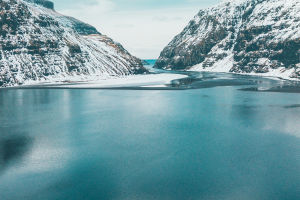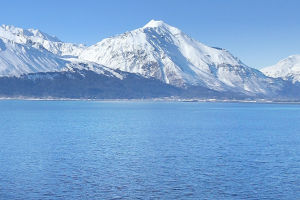The Pamir Plateau, also known as the Pamirs, is a highland region located in Central Asia, where the Himalayas, the Karakoram, and the Hindu Kush mountain ranges converge.
It is situated in the heart of the Eurasian continent and covers an area of around 250,000 square kilometers, with elevations ranging from 3,500 to 7,000 meters above sea level.
The Pamirs are known for their breathtaking landscapes, rich biodiversity, and unique cultural heritage. The plateau is home to several of the highest peaks in the world, including Mount Kongur, Muztagh Ata, and Peak Lenin, which attract mountaineers and adventure-seekers from around the globe. The region is also the source of several major rivers, including the Amu Darya, the Panj, and the Vakhsh, which are essential to the livelihoods of millions of people in Central Asia.
The Pamirs are characterized by their harsh, cold, and arid climate, with temperatures ranging from -20°C in winter to 20°C in summer. Despite these extreme conditions, the plateau is home to a rich diversity of flora and fauna, with over 2,500 plant species, including several endemic species found nowhere else in the world. The region is also home to several iconic animal species, such as the snow leopard, Marco Polo sheep, and the Siberian ibex.
The Pamir Plateau has been inhabited for thousands of years and is home to several ethnic groups, including the Pamiris, Kyrgyz, and Tajiks. The region has a rich cultural heritage, with a blend of Persian, and Central Asian influences. The Pamiri people have developed unique traditions and customs, including their language, music, and cuisine. The region is also known for its impressive examples of traditional architecture, such as the ancient citadel of Sarazm, the Ishkashim bazaar, and the Pamiri houses, which are made of local materials and designed to withstand harsh weather conditions.
The Pamirs have played a crucial role in the history of Central Asia, serving as a strategic crossroads for trade and cultural exchange between the East and the West. The ancient Silk Road passed through the region, connecting China, India, Persia, and the Mediterranean world.
Today, the Pamir Plateau faces several challenges, including environmental degradation, climate change, and economic isolation. The region is one of the most vulnerable to the impacts of climate change, with rising temperatures, melting glaciers, and changing precipitation patterns affecting the water resources and ecosystems of the region. The Pamir people also face economic hardships, with limited access to markets and opportunities for development.
Despite these challenges, the Pamir Plateau remains a vital cultural and ecological treasure, with immense potential for sustainable development. The region offers opportunities for ecotourism, renewable energy, and community-based conservation initiatives, which can support the livelihoods of local people while protecting the unique natural and cultural heritage of the region. The Pamirs also offer important lessons in resilience and adaptation, as the local communities have developed innovative strategies to cope with the challenges of living in a harsh and remote environment.


